The Jaegers are a small group of seabirds in the skua, or Stercorariidae, family. There are three species of these birds, the long-tailed, Pomarine, and parasitic Jaeger. These birds are related to gulls, skimmers, auks, and waders. They are notorious for stealing the fish from other seabirds, though they do hunt for prey as well. Read on to learn about the Jaeger.
Description of the Jaeger
The three species of Jaegers are similar in shape and size, but differ in plumage. They look quite similar in shape to other skuas or gulls. Their feathers vary in pattern, but are usually gray, white, brown, tan, or any combination. These birds are about a foot and a half long, and weigh around a pound or so. Each species varies slightly in size and pattern.
Interesting Facts About the Jaeger
These birds have a number of interesting traits and characteristics. Learn more fun facts about Jaegers below.
- Kleptoparasite – These birds frequently steal food from other birds, a feeding method known as kleptoparasitism. Some species obtain the majority of their diet by stealing from other birds!
- Harsh Environment – These birds choose to breed in an incredibly harsh and hostile region, the Arctic Circle. Thankfully, they breed in the spring and summer when the weather isn’t quite as harsh. During the summer these birds migrate into the southern hemisphere where it is much warmer.
- Favorable Conditions – Sometimes of these birds will skip a year breeding if there is not enough food to raise a brood. They are also monogamous, and breed with the same partner year after year. If their partner dies, or they divorce, the Jaeger usually doesn’t breed that year.
Habitat of the Jaeger
Most of the year, Jaegers spend their time hunting over the open ocean. The only time they come ashore is to breed. Their breeding habitat is usually Arctic tundra, usually close to some type of water body.
Some of their different nesting and hunting habitats during the breeding season include grassland, moors, rivers, and more. Sometimes they also nest in pastures or on farmland, though this varies by region and species.
Distribution of the Jaeger
The different species of these birds have somewhat different specific ranges and distribution, though they are generally similar. As a whole, they breed in the Arctic Circle, and fly south during the winter months.
Their northern ranges all extend through the northernmost regions of North America and Eurasia. Their southern ranges include the seas around Antarctica, South America, Africa, Australia, and much of the surrounding open ocean.
Diet of the Jaeger
Most Jaegers feed primarily on fish, though they usually do not catch it themselves. They harass other seabirds until the bird regurgitates its last meal.
Though it is something of a “lazy” hunting tactic, these birds are quite skilled on the wing and can chase down other birds to scare them out of a meal! They also eat the eggs and chicks of other birds, small mammals, and insects. Their diet varies based on the region they live in.
Jaeger and Human Interaction
The IUCN lists all three species of Jaegers as Least Concern. Their populations are high enough that human activity does not decrease their numbers sufficiently to threaten them at the moment.
They still suffer to some extent from overfishing, habitat destruction in their breeding grounds, pollution, and more. However, for now these birds are so widespread and common that human activity does not adversely impact them.
Domestication
Humans have not domesticated Jaegers in any way.
Does the Jaeger Make a Good Pet
No, these birds do not make good pets. They are wild birds and do not enjoy interacting with humans in any way. In most places it is illegal to own a Jaeger as a pet.
Jaeger Care
In zoos these birds have similar needs as other seabird species. Their enclosures need plenty of water to swim and bathe in. Zookeepers feed them a variety of fish, squid, shrimp, krill, and other seafood. Most individuals in zoos live there because they became injured and could no longer survive in the wild.
Behavior of the Jaeger
These birds spend most of their time on the wing, and they are skilled at flying. They spend most of their time diving after other seabirds, pulling their feathers, and grabbing them with their talons until they spit up their last meal.
During the breeding season pairs of these birds defend territories within their colonies. They defend these colonies from others of their kind as well as predators.
Reproduction of the Jaeger
Once pairs have established a territory, the female lays an average of one or two eggs. Females usually incubate the eggs, but males help with the rearing of the chicks.
The incubation period is about a month long, though it varies slightly from species to species. It takes about a month for the chicks to fledge, and the young become independent soon after fledging. Most chicks do not breed themselves until they are four or five years old.

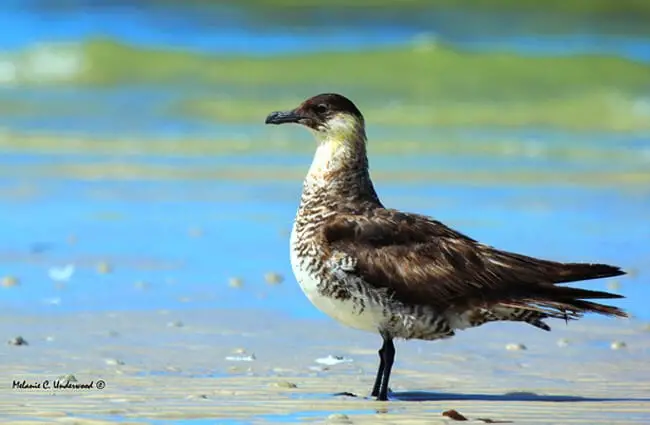
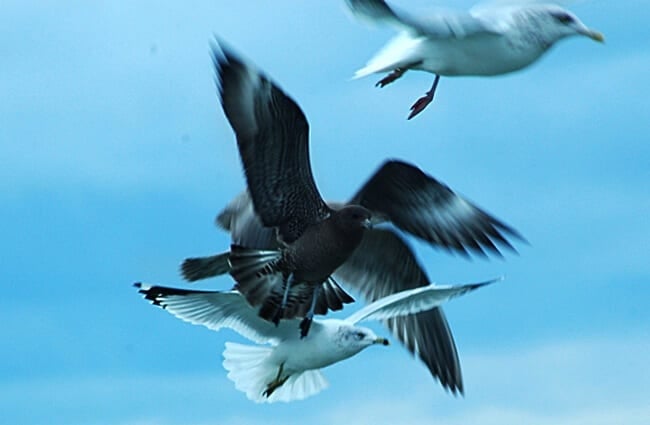
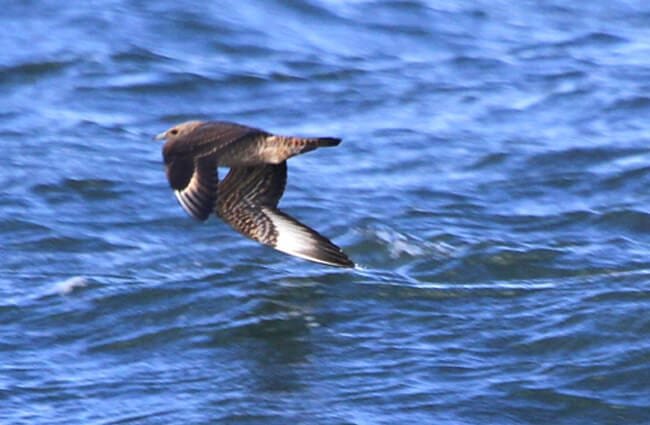
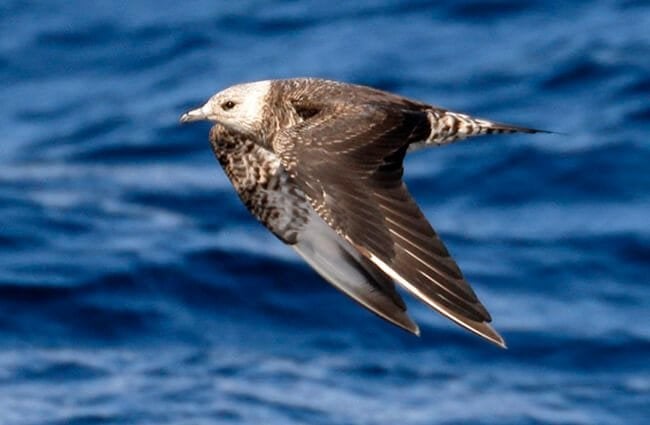




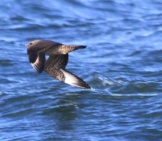


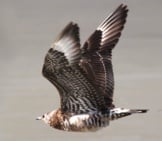
![Red Angus Closeup of a beautiful Red Angus cowPhoto by: U.S. Department of Agriculture [pubic domain]https://creativecommons.org/licenses/by/2.0/](https://animals.net/wp-content/uploads/2020/03/Red-Angus-4-238x178.jpg)












![Red Angus Closeup of a beautiful Red Angus cowPhoto by: U.S. Department of Agriculture [pubic domain]https://creativecommons.org/licenses/by/2.0/](https://animals.net/wp-content/uploads/2020/03/Red-Angus-4-100x75.jpg)

